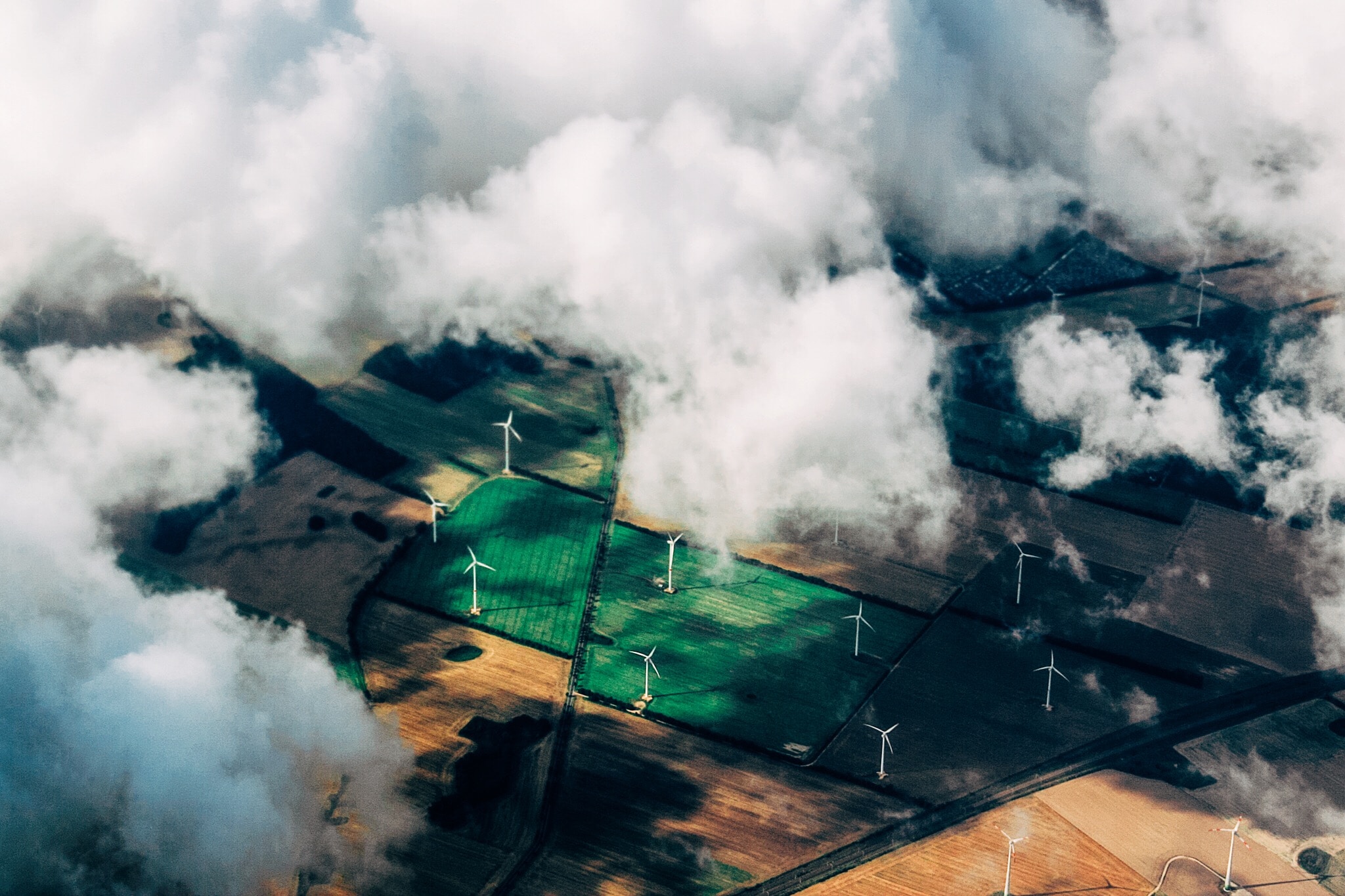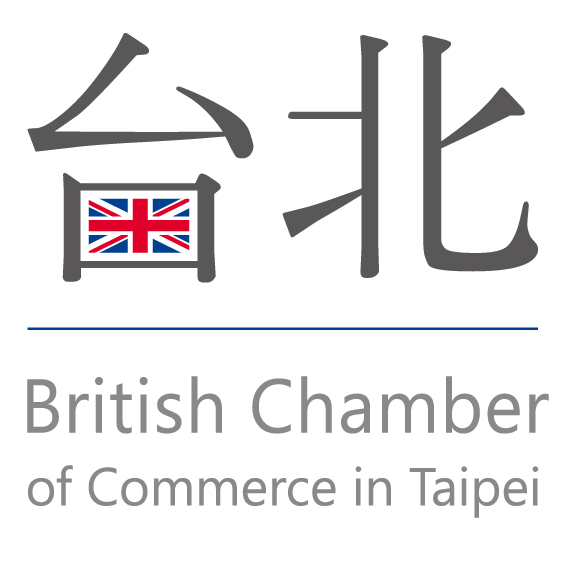Taiwan’s wind power industry begins to show vulnerability

In the past five years, Taiwan's offshore wind power has grown from two demonstration wind turbines to three wind farms and 90 wind turbines.
While this should be cause for celebration for an industry that literally needed to be built from the ground up, recent media reports hint that something is amiss. Established developers are now experiencing fundraising challenges and appear unwilling to sign contracts, with some even withdrawing from Taiwan altogether, per a Commonwealth Magazine report.
Last Tuesday (May 16), Miaoli’s Waipu Fishing Port was crowded with nearly a hundred Taiwanese, Australian, and Japanese wind power developers and bankers who gathered to witness the completion of the Formosa 2 wind farm.
It is the largest offshore wind farm in Taiwan, with a total of 47 wind turbines and an installed capacity of 376MW, which can provide clean energy for 380,000 households for one year. The developers of the project included Japan’s JERA (49%), Australia’s Macquarie Asset Management's Green Investment Group (26%), and U.S. Synera Renewable Energy (25%).
President Tsai Ing-wen (蔡英文) attended the ceremony to show her support for the development of green power. In her speech, she said four wind farms will be completed in Taiwan this year, which will help domestic enterprises meet their 100% renewable energy (RE100) commitments.
While the completion of Formosa 2 should have been a celebration, a spate of recent news, such as Germany's Baden-Wurttemberg State Energy Company's (EnBW) decision to withdraw from the Haiding wind farm (Formosa 3) followed by Rheinland Energy's (RWE) sudden announcement about shifting focus to Japan and reducing business scale in Taiwan has led to consternation in the industry.
Furthermore, Japan’s JERA is rumored to be not only selling its equity in the Haiding Wind Farm (Formosa 3), but is also rumored to be looking to offload shares in Formosa 2 as well.
This leads many industry experts to believe that Taiwan is quickly losing its advantage in offshore wind power development to other regions such as Europe and the U.S.
Global reshuffle
In the past five years, the global offshore wind power sector has undergone a major reshuffle. Clues can be gleaned from reports by the Renewables Consulting Group (RCG).
For example, in a 2018 RCG report, Taiwan was ranked second in the global offshore wind power development index, second only to the U.S. Such optimism continued in 2020 as the installed capacity of Taiwan's offshore wind power that had obtained development rights ranked among the top four in the world, following only China, the U.K., and the U.S.
However, the Ukrainian-Russian war beginning last February changed many things. Germany, for example, used to rely heavily on importing Russian natural gas, quickly decided to adjust its energy strategy, and within a few months declared vigorous development of renewable energy.
In April this year, nine European countries pledged to expand the installed capacity of offshore wind power in the North Sea to 120GW by 2030, quadrupling existing capacity, equivalent to adding more than 10GW per year. By 2050, wind power is expected to reach 300GW.
The U.S. market has also been on the rise. After U.S. President Joe Biden took office in 2021, he began vigorous promotion of renewable energy, announcing that the U.S. will build 30GW of offshore wind power by 2030.
In comparison, Taiwan's latest offshore wind power target is 13GW in 2030 and 55GW in 2050.
Australia is also beginning to seize offshore wind power. At the end of last year, the Australian government designated 15,000 square kilometers for the first offshore wind power development zone. This is an area which is nearly three times the size of Taiwan’s overall offshore wind power development area as estimated by the Industrial Technology Research Institute (ITRI).
Other Challenges
RCG Associate Director Huang Ching-wen(黃敬文) noted that most offshore wind power developers are based in Europe, U.K., U.S., and Australia. Developing wind farms in home markets rather than newly opened markets provides huge advantages and may be much more attractive than Taiwan.
Furthermore, as geopolitical risks increase, developers tend to reduce overseas investment. Growing conflict between China and the U.S. only intensifies this risk. Damon Evans, a senior energy reporter in the Asia-Pacific region, said he has heard from developers involved with Taiwan’s offshore wind farms that the increased risk of war in the Taiwan Strait has made parent companies start to think carefully about Taiwan investments.
Evans added that the Australian market is a more attractive investment option by comparison, because Australia is surrounded by vast sea areas, and is active in mining and exporting natural resources.
Thus, it has a more complete energy-related infrastructure and talent, along with a similar culture, which means laws and regulations are more easily understood. Also, a liberalized electricity market provides many incentives for developers.
By comparison, Taiwan has much more geopolitical risk, strict contract conditions, and incentives for development as governed by the Ministry of Economic Affairs have begun to dramatically reduce.
At the end of last year, there were six developers who had obtained block development quotas. It was also reported that at least two of them were unwilling to sign administrative contracts due to financial problems and the onerous localization ratio of equipment required to reach at least 60%.
As it turns out, starting an industry like wind power from scratch simply involves too much capital and too many learning costs. Add high labour wages and the number of willing developers is beginning to dramatically shrink, making Taiwan’s offshore wind power market uncompetitive.
Weak localisation efforts
Taiwan's offshore wind power lacks a sufficient supply chain which is extending development time and costs. For example, the delivery of underwater foundations has been delayed by higher-than-expected production difficulties, requiring the import of semi-finished products from South Korea.
Localization requirements and the shortage of construction vessels are reasons for the continuous rise in wind farm development costs and this creates a relatively uncompetitive investment environment. Organisations such as the European Chamber of Commerce and Trade (ECCT), continue to communicate with the government hoping to relax localisation policies and increase the upper limit of device capacity development, so as to make Taiwan's environment more attractive.
Although the withdrawal of some foreign businesses has not yet caused a major impact on the development of future wind farms or current construction progress, prevailing winds indicate rough seas may soon affect this industry as more favorable wind farm conditions can be found elsewhere.
